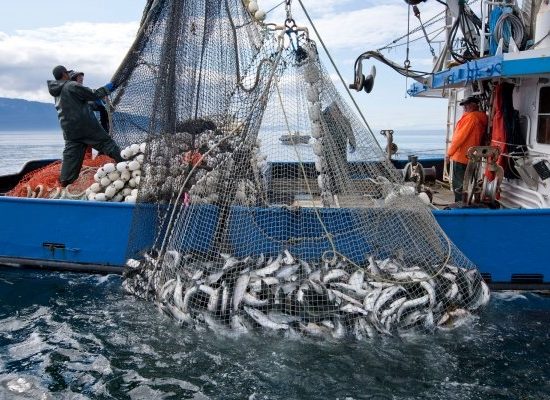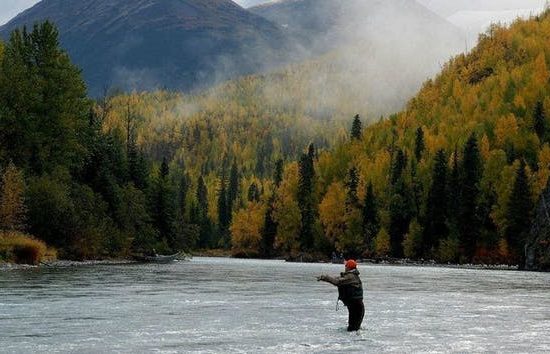Satomi Inaba grew up eating her mother’s boiled fish and mackerel sushi, but like many younger Japanese consumers today favors turf over surf in her own kitchen. Seafood she considers more troublesome to prepare and, frankly, rather smelly.
“Although I like (the) taste of seafood, among all kinds of flesh, I actually prepare chicken, pork, or beef more often than seafood,” Inaba, 39, wrote in an email interview from her home in Osaka.
The changing palates of Japan’s younger generations are one reason Alaska’s most valuable export sector has lost ground there. Seafood exports to Japan fell in 2013 to the lowest level since 1999 before bouncing back slightly last year, according to International Trade Administration data.
Long the dominant foreign market for Alaska seafood, Japan slipped into second in 2009, behind China. An influx of less-expensive farmed Chilean salmon to Japan, demand for Alaska seafood in other markets and the relatively high cost of processing fish in Japan are among the many reasons for the decline, the Alaska Dispatch News (http://bit.ly/1aYgKBs), an Anchorage newspaper, reported.
Per-capita consumption of beef, chicken and pork surpassed that of seafood each year starting in 2009, according to a report by Japan’s fisheries ministry. Consumers are increasingly opting for Western dishes based on meat and poultry in part because they believe seafood prep is messy and somewhat confusing, while disposal is smelly.
Looking at the overall export picture, Japan was Alaska’s No. 1 destination for all exports until China took the top spot in 2011. That same year, total Alaska exports hit a record high. In the late 1990s, about half the state’s exports, in terms of value, went to Japan. By 2014, Japan’s share had fallen to 20 percent. The decline coincided with soaring trade to China and modest gains in South Korea, Canada, Germany and other smaller markets.
Via washingtontimes.com
image credit alaskaseafood.org










